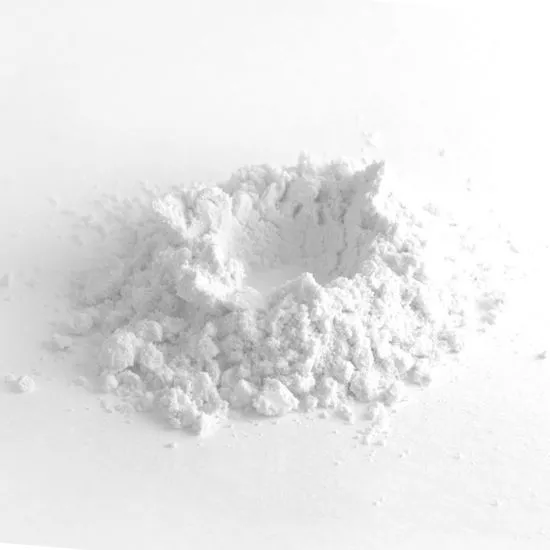The plastics industry represents one of the most important sectors of the modern industrial economy. Providing a wide range of materials with diverse properties for countless applications. However, these materials are susceptible to degradation from various environmental factors, such as heat, light, and oxygen. This is where antioxidants like Antioxidant 1010 (Pentaerythritol tetrakis(3-(3,5-di-tert-butyl-4-hydroxyphenyl)propionate)) play a crucial role. They help preserve the integrity, durability, and appearance of plastic products.

Antioxidant 1010: A Closer Look
As one of the most widely used high molecular weight, multifunctional phenolic antioxidants. Antioxidant 1010 is notable for its high stability, non-volatility, and excellent resistance against extraction. Its low polarity enables it to display impressive compatibility with polyolefins. And its synergistic effects with other antioxidants and UV absorbers provide comprehensive protection against degradation.
One of Antioxidant 1010’s most significant applications in the plastics industry is in the stabilization of polymers, particularly polypropylene (PP) and polyethylene (PE). During the production and processing of these polymers, they are exposed to high temperatures which can lead to thermal oxidation. Over time, this can negatively impact the material’s color, mechanical properties, and overall performance.
Antioxidant 1010 helps to counteract this by donating phenolic hydrogen to free radicals formed during the oxidation process. Converting them into more stable species and thereby interrupting the degradation cycle. In doing so, it significantly enhances the heat stability of the polymer, preserves its color, and prevents yellowing. In addition, it increases the material’s resistance to long-term thermal aging, enhancing the durability and lifespan of the end products.
Protective Shield Against UV Degradation
Plastic materials, especially those used in outdoor applications, are subject to degradation from ultraviolet (UV) radiation. UV radiation can lead to the formation of free radicals, causing a chain reaction of oxidative degradation which can lead to a loss of material strength, discoloration, and embrittlement.
Antioxidant 1010 provides robust protection against UV-induced degradation, working in synergy with UV absorbers to protect the polymer matrix. This makes it a vital additive in the manufacture of outdoor plastic products such as plastic furniture, storage containers, and construction materials.
Expanding Applications in Other Plastic Materials
Beyond polyolefins, the application of Antioxidant 1010 extends to other plastic materials, including polycarbonate, polyamide, and polyurethane. These polymers, widely used in industries ranging from automotive to medical, can benefit from the improved heat stability. Enhanced color retention, and increased lifespan offered by Antioxidant 1010.
Food Packaging: A Special Mention
In the realm of food packaging, Antioxidant 1010 has made substantial inroads. The safety of food packaging is of paramount importance, and the materials used must be stable and not impart any harmful substances to the food. Given its low volatility and excellent stability, Antioxidant 1010 is often employed in the manufacture of food packaging materials, offering reliable protection against degradation that could compromise the safety and quality of food products.
Safe Usage and Environmental Impact
Despite the many benefits offered by Antioxidant 1010, it is crucial to ensure its safe usage. Workers handling this substance must use proper personal protective equipment to prevent skin or eye contact and avoid inhaling dust. In terms of environmental impact, Antioxidant 1010 is considered low in toxicity and does not bioaccumulate. Nevertheless, proper disposal practices must be adhered to prevent any potential environmental contamination.
Antioxidant 1010 has emerged as a vital ally in the plastics industry, offering indispensable protection against degradation and ensuring the durability and quality of numerous plastic products. Its diverse applications highlight its significance in the sector, from stabilizing polymers and protecting against UV degradation to securing the safety of food packaging. As the industry continues to grow and evolve, so too will the demand for reliable and effective additives like Antioxidant 1010, testifying to its pivotal role in the future of plastics.

